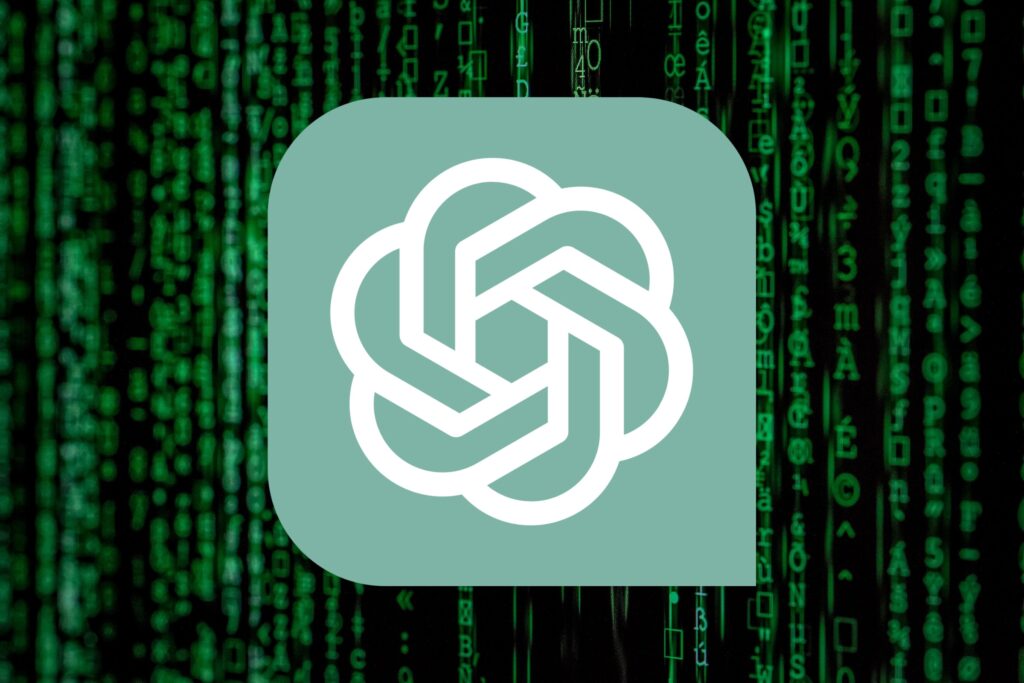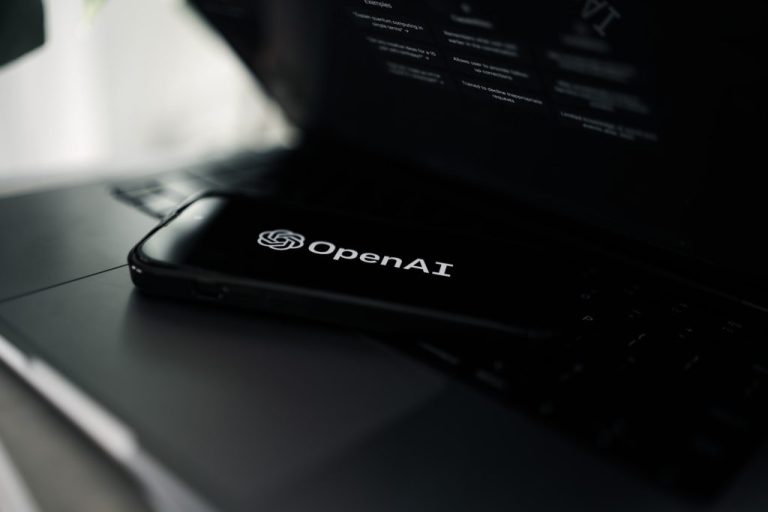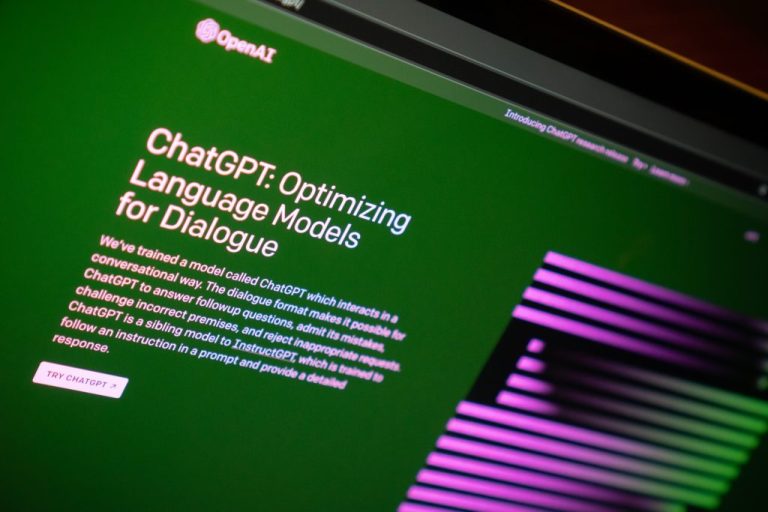Navigating the Dual Landscape of ChatGPT: Risks and Rewards for Cybersecurity
The Risks and Rewards of ChatGPT in Cybersecurity
If you haven’t been living off the grid for the past few months, you’re likely aware of the considerable buzz surrounding ChatGPT, the AI chatbot created by OpenAI. This excitement comes with a mix of concern, particularly among educators who fear that it facilitates cheating, and optimism as people explore its numerous applications.
Some users have even humorously pushed the boundaries of ChatGPT’s capabilities, like asking it to draft a guide for extracting peanut butter sandwiches from a VCR in the style of the King James Bible, or requesting a song in the style of Nick Cave—though the artist himself didn’t seem too pleased with the outcome. Amidst this flamboyant discourse, it’s crucial to evaluate the potential risks and benefits that tools like ChatGPT present, especially in the field of cybersecurity.
Understanding ChatGPT
To gauge these risks and benefits accurately, we first need to understand what ChatGPT is and its capabilities. Currently at version 4, released on March 14, 2023, ChatGPT is part of a broader suite of AI tools from OpenAI. While often labeled a chatbot, it boasts a wide-ranging functionality that surpasses traditional chat interfaces. It employs a combination of supervised and reinforcement learning to generate content from an extensive dataset, which includes general knowledge and various programming languages.
ChatGPT’s versatility allows it to simulate conversations, play games like tic-tac-toe, and even act like an ATM. For businesses, it has the potential to enhance customer service through more tailored and accurate messaging, as well as assisting in writing and debugging code. However, these capabilities also position it as both a valuable asset and a potential risk from a cybersecurity standpoint.
Positive Applications in Cybersecurity
On the bright side, ChatGPT can play a pivotal role in enhancing cybersecurity measures. One of its simplest yet most effective uses is in identifying phishing attempts. Organizations can encourage employees to consult ChatGPT when they encounter suspicious messages, thereby reinforcing a habit of scrutinizing potentially malicious content. This is vital, as social engineering attacks like phishing continue to be one of the most successful forms of cybercrime; for example, 83% of identified cyberattacks in the UK in 2022 involved phishing.
Moreover, ChatGPT can serve as a valuable resource for less experienced security professionals. It can assist them in articulating issues or help clarify context for tasks they’re handling. Additionally, under-resourced teams can employ ChatGPT to keep abreast of the latest threats and to pinpoint internal vulnerabilities.
Cybercriminals in the Mix
However, the proliferation of ChatGPT also comes with challenges, as cybercriminals are leveraging this technology to their advantage. They might use its coding capabilities to create malicious software or generate seemingly authentic content to deceive users into clicking harmful links, leading to severe repercussions. Some even exploit ChatGPT to convincingly mimic legitimate AI assistants on corporate websites, further complicating the social engineering landscape.
The effectiveness of cybercriminals is largely reliant on their ability to exploit vulnerabilities efficiently and thoroughly. AI tools like ChatGPT enable them to enhance their methods, acting as an advanced assistant that aids in achieving their criminal goals.
As cybercriminals increasingly leverage tools like ChatGPT to enhance their malicious campaigns, it’s crucial for security teams to adopt similar technologies to strengthen their cybersecurity measures. Collaboration with the right security provider is essential; they should not only conduct thorough research on how cybercriminals are exploiting the latest advancements but also focus on how these technologies can be utilized to improve threat detection, prevention, and defense. Given the severe impact that cybersecurity attacks can have on critical infrastructure, proactive discussions about these technologies are vital.
With the recent launch of ChatGPT-4, OpenAI has introduced a more powerful conversational model alongside enhanced controls aimed at preventing its misuse. When we posed the question, “What could prevent malicious actors from using ChatGPT for harmful purposes?” the response highlighted several protective measures:
- Access Controls: OpenAI has put in place access controls that restrict who can utilize their API and technology, thereby reducing the risk of malicious use.
- Monitoring and Detection: Continuous monitoring is conducted to identify and curtail harmful activities, utilizing machine learning to spot abnormal usage patterns that may indicate misuse.
- Ethical Guidelines: OpenAI has established clear guidelines that promote responsible technology use, ensuring users are aware of best practices and ethical considerations.
- User Education: Educating users about the capabilities and limitations of the technology, along with potential misuse risks, can significantly reduce the chances of its abuse.
- Legal Consequences: The use of technologies like ChatGPT for malicious activities carries legal repercussions, with laws in place to penalize offenders.
In essence, thwarting malicious use of ChatGPT calls for a blend of technical safeguards, ethical guidelines, user education, and legal enforcement. Using AI tools like ChatGPT responsibly is essential to mitigate misuse and ensure their applications are beneficial.
OpenAI has stated that they have invested six months in enhancing GPT-4, making it statistically safer than earlier iterations. According to their internal assessments, GPT-4 is 82% less likely to respond to requests for disallowed content and shows a 40% increase in the accuracy of factual responses compared to GPT-3.5. While these improvements are noteworthy, the reality remains that malicious actors will constantly seek new ways to exploit weaknesses as the technology becomes more widely adopted.
Interested in exploring more about AI and big data? Consider attending the AI & Big Data Expo, taking place in Amsterdam, California, and London. This event is co-located with the Cyber Security & Cloud Expo, offering insights from industry leaders.
Popular
The Advantages of Collaborating with Outsourced Developers
Outsourcing development tasks can be a game-changer for businesses of all sizes. By engaging with outsourced developers, companies can tap into a vast pool of expertise without the overhead costs associated with maintaining an in-house team. This approach not only facilitates access to specialized skills but also speeds up project completion times.
Moreover, partnering with outsourced developers allows businesses to focus on their core competencies. Organizations can dedicate more resources to innovation and strategic initiatives while entrusting the technical aspects to professionals who are adept in the latest technologies. This strategic collaboration ultimately leads to enhanced productivity and growth.
Additionally, outsourcing affords flexibility. Businesses can scale their development efforts up or down based on project demands without the hassles of hiring or laying off employees. As the market evolves, this adaptability can provide a crucial competitive edge, allowing companies to respond swiftly to changing industry trends and customer needs.
Embracing outsourced development not only leads to operational efficiency but also enhances the overall quality of the product delivered. Developers specializing in specific areas can produce better results, optimizing performance and user experience.




